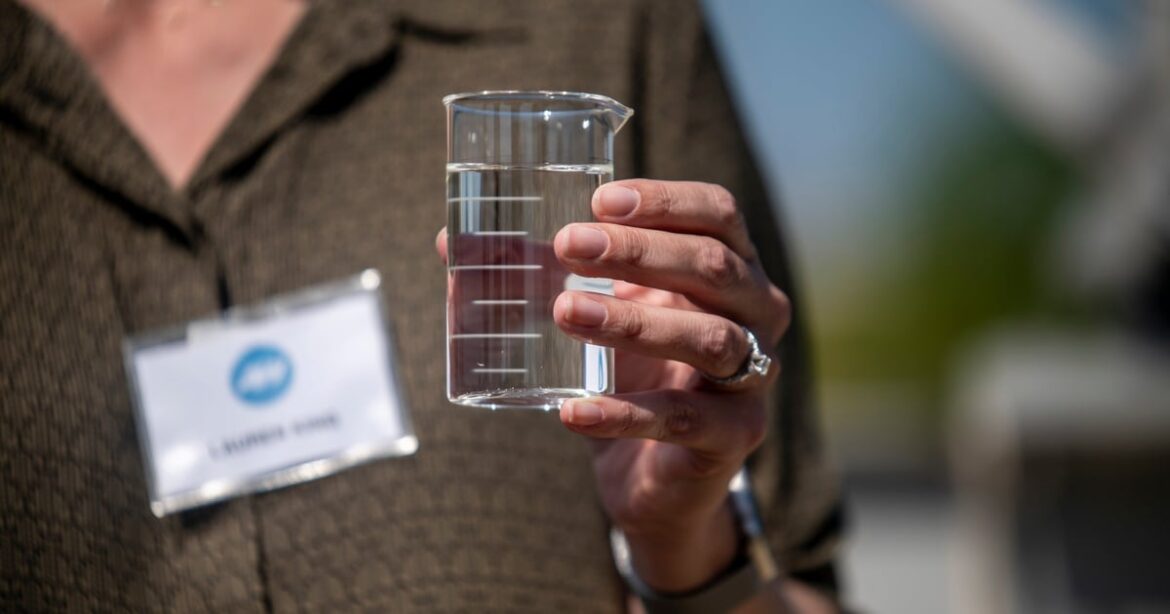Addressing Texas’ Water Crisis: Solutions and Strategies for Sustainability
The Dilemma: Texas’ Water Shortage
As Texas faces escalating challenges related to its water supply, it confronts a critical dilemma: the state is running out of water. Contributing factors include a changing climate, rapid population growth, and aging infrastructure that leads to significant water loss.
Forecasts indicate that by 2070, Texas will require an additional 7.7 million acre-feet of water annually to accommodate the needs of its growing population, agriculture, and industries unless proactive measures are taken.
Potential Solutions to the Crisis
The response to Texas’ water crisis includes a blend of conventional and innovative approaches aimed at enhancing the water supply. Lawmakers are expected to propose billions in funding this spring, sparking discussions about whether to allocate resources towards developing new water supplies or repairing existing systems.
1. Conservation Initiatives
Leading water experts advocate for conservation as a fundamental aspect of managing water resources. Through incentives, improvement in irrigation systems, and promoting water-efficient practices among households and businesses, the state could significantly reduce water consumption.
In El Paso, the city has implemented a toilet rebate program that has successfully helped households switch to water-efficient toilets, resulting in substantial savings on water bills and conservation of water resources. Many Texans are encouraged to adopt similar conservation practices.
2. Revamping Infrastructure
Addressing outdated infrastructure is another critical measure. Currently, Texas loses billions of gallons due to leaking pipes and inadequate treatment facilities. Data from self-reported audits indicate that 88 billion gallons were lost from major cities in Texas in just one year. Repairing these systems might effectively recover water that is currently wasted.
3. Desalination Technologies
Desalination presents a promising option, especially for coastal cities with access to seawater. The process of converting seawater into drinkable water is being explored with projects like the one proposed by State Senator Charles Perry. While the initial investment and operational costs are significant, the Gulf Coast’s access to seawater makes desalination a viable long-term solution.
4. Water Reuse Systems
Recycling water through treatments allows for its reuse in various applications, from irrigation to industrial processes. Major projects are underway, such as ones in El Paso and Lubbock, which reflect the effectiveness of water reclamation methods. These efforts help minimize freshwater usage and maximize the efficiency of existing water supplies.
5. Aquifer Storage and Recovery
Utilizing aquifer storage during wetter seasons allows for a sustainable source during times of drought. Programs in cities like El Paso demonstrate this approach, enhancing both water conservation and emergency preparedness.
6. Rainwater Harvesting
Encouraging rainwater harvesting is another effective conservation tactic. This method captures rain for future use, providing additional water sources for irrigation and firefighting. Although impacted by the variability of rainfall across the state, initiatives to promote this practice are increasing.
7. Expanding Reservoirs
Texas has historically relied on reservoirs to address water supply challenges. However, environmental regulations and financial constraints complicate the construction of new reservoirs. Despite this, planning groups continue to advocate for new reservoir projects to meet the state’s demands.
Concluding Thoughts
As Texas navigates the complexities of its water supply crisis, it is crucial that policy makers, engineers, and conservationists work collaboratively to implement these strategies. A combination of conservation, infrastructure repairs, innovative technologies, and sustainable practices will be essential to secure Texas’ water future.

